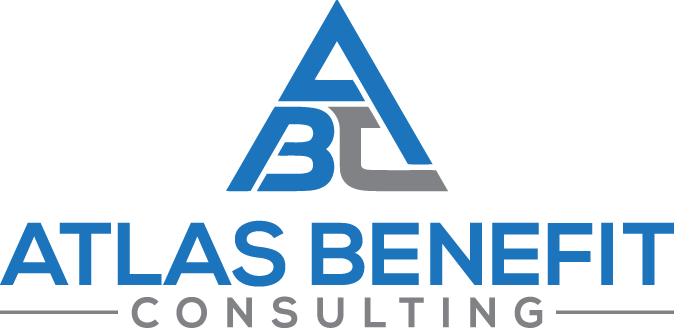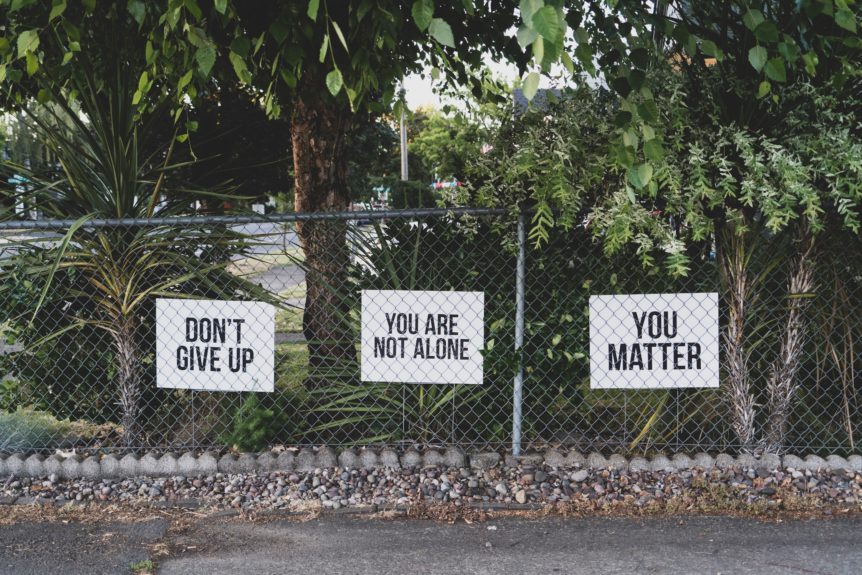Veteran Suicide Awareness
As Veteran’s Day approaches, many will acknowledge and feel thankful for those who have served our country with all they have. But after the day of remembrance is over, there are still millions of veterans struggling, hurting, and in need of quality services and connection.
Suicide isn’t a fun topic to hear about or discuss. But it’s a very real and problematic truth in our nation, especially for the veteran population.
Statistics on Veteran Suicide
- On average, 17 veterans, and 2 service members, take their own lives each day. (This number may in fact be even higher than what is documented.)
- The Department of Veteran Affairs reported that in 2019, 6,261 veterans died by suicide.
- Veterans in the age bracket of 18-34 have a 3x higher risk of suicide than those in the general population (non-veterans) of the same age.
- Women veterans are also twice as likely to commit suicide as non-veteran women.
Suicide does not have an easy fix. There is not a one-stop shop or solution to solving this problem. So many things affect the high suicide rate of veterans. Mental and physical issues, disorders, health, connection, and access to quality care and treatment play a huge part in this.

New Goals for Suicide Prevention
President Biden and his administration have just released new goals and strategies to focus on more prevention of veteran and military suicides. A full report of this plan is available here but we’ll summarize some of the highlights on this post.
Lethal Means Access
- There is a strong correlation of veteran suicides and lethal means. Studies show if there is a time gap in between when the veteran is feeling suicidal, and their immediate access to lethal means, such as firearms or drugs, the likelihood of suicide goes down significantly. However, when lethal means are readily available (such as firearms, prescription, or illegal drugs in the home) there isn’t a time gap that occurs before action takes place.
- Part of this new strategy will involve organizations and agencies, such as the Departments of Defense (DOD), Health and Human Services (HHS), Homeland Security (DHS), Justice (DOJ), and Veterans Affairs (VA), as well as the Office of Emergency Medical Services within the Department of Transportation (DOT), raising awareness with service members, veterans, and their families, providing more specialized education and training for healthcare providers on this subject, and considering the possibility of introducing new programs that reduce access to lethal means. They have communicated plans for a campaign that focuses on safe storage of firearms and medications.
Overhauling Care for Crisis and Transitioning from Crisis Care
- Easy access to knowledgeable, on-point crisis care is crucial for those who are at risk of suicide. The focus of this strategy will be to improve crisis and emergency care, but to also heavily increase the follow through and care that comes after the crisis visit or intervention.
- Historically, if a veteran seeks care for suicidal thoughts or tendencies and gets that immediate care and initial emergent visit, there hasn’t been consistent after-care (including treatment plans, counseling, check-ins, etc) occurring to keep the veteran plugged in and followed up with. There will also be a directive that focuses on early intervention and identifying those who may be at highest risk, to provide awareness, care and outreach before a crisis occurs.
Better Availability and Execution of Effective Care
- Quality care doesn’t make much difference if it isn’t easily accessible and known to the veteran population. Access to, and knowledge of, evidence-based care makes a HUGE difference in suicide risk. This strategy will aim to reduce obstacles to obtaining quality mental health care, and give more encouragement for veterans and military persons, and their families, to seek care.
- Some of the action items for this could include getting rid of or lowering copays or out of pocket payment for appointments and treatment, ensuring confidentiality, eliminating any discriminatory factors in care, better education and training for suicide risk assessment to those providing mental health care to veterans, and more.

Shining Light on Risk AND Protective Factors
- Being transparent and upfront about things that may increase an individual’s likelihood for suicide are crucial BEFORE they get to the point where these factors are already at play. These include, but are not limited to: stress and strain of transitioning to civilian/veteran life after serving, mental and emotional health issues, physical deterioration, illnesses and limitations, lack of adequate housing, financial strain and difficulties, legal matters, trouble with being prepared or qualified for a steady, quality job, unemployment, and much more.
- On the flip side, educating on the things that reduce risk are also important. This looks like teaching coping skills, self-care and awareness, critical thinking and problem-solving, and encouraging connectiveness to others through socialization, groups, seeking care, and more.
- The White House says they will work to accomplish this by increasing help and knowledge on financial wellbeing and planning, access to housing, food, job skill trainings and further educational opportunities, and increased support and awareness of transition from military to civilian life.
Increasing data sharing and integration between agencies
- There is a huge need for the research and data on military and veteran suicide risk and prevention that is available to be shared and cross-functional. This strategy will aim to ensure that this data is integrated and consistently evaluated and used across multiple organizations to increase understanding and outreach capabilities. More research and program evaluation methods will be conducted to help this strategy.
Immediate Action
If you are struggling with thoughts of suicide or self harm, please immediately reach out! Help is available; don’t suffer in silence or take action.



